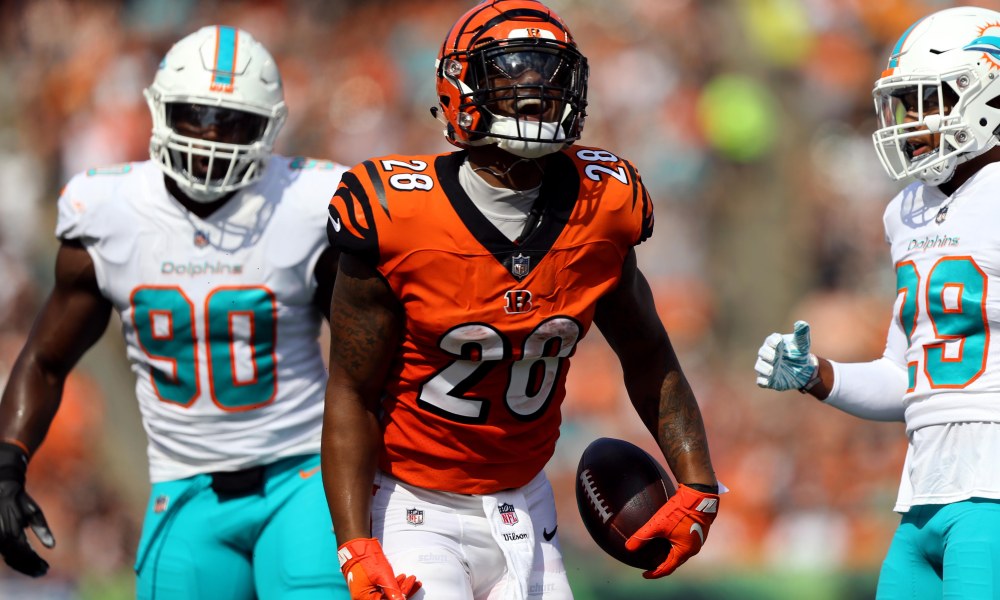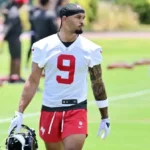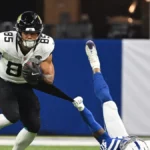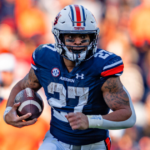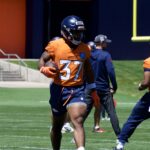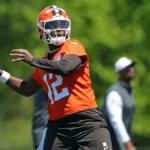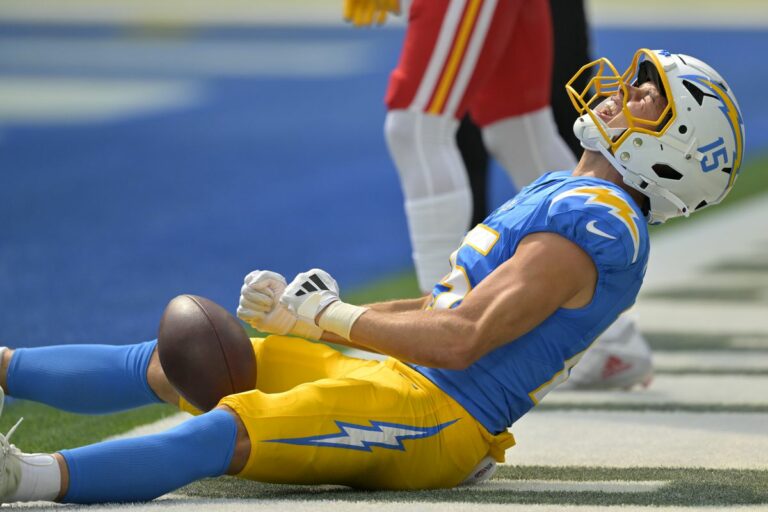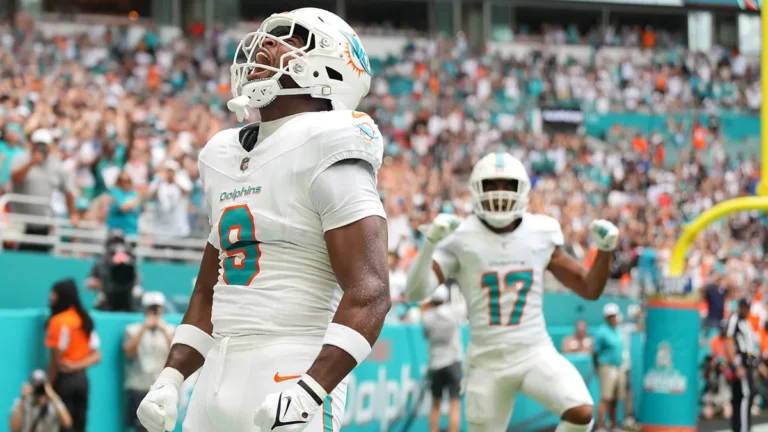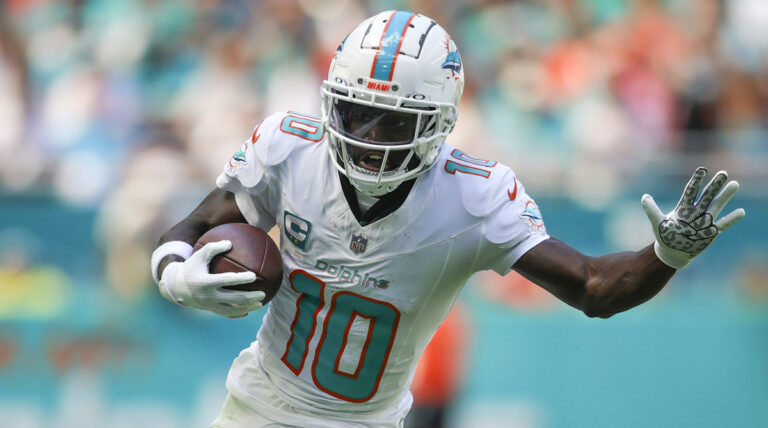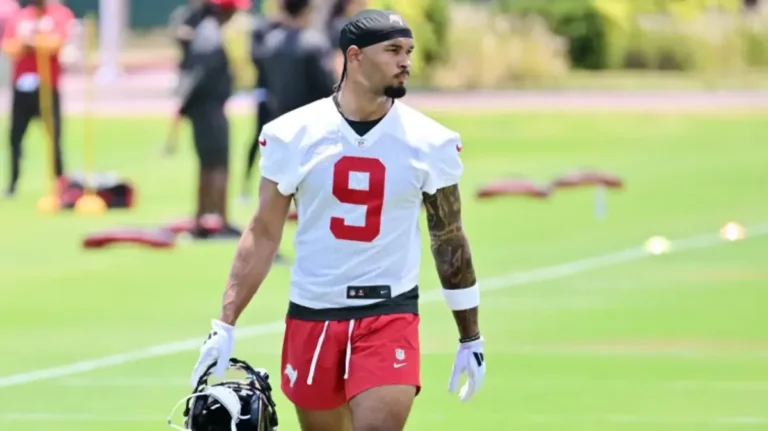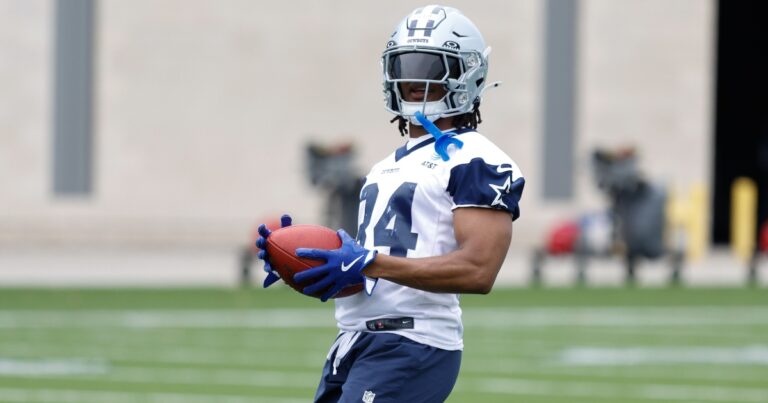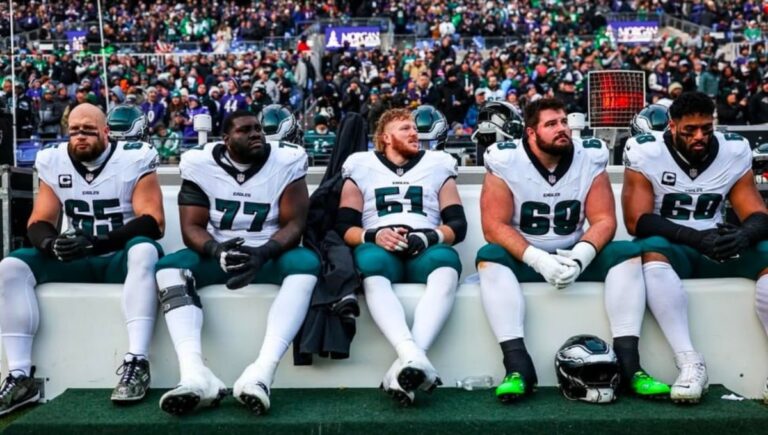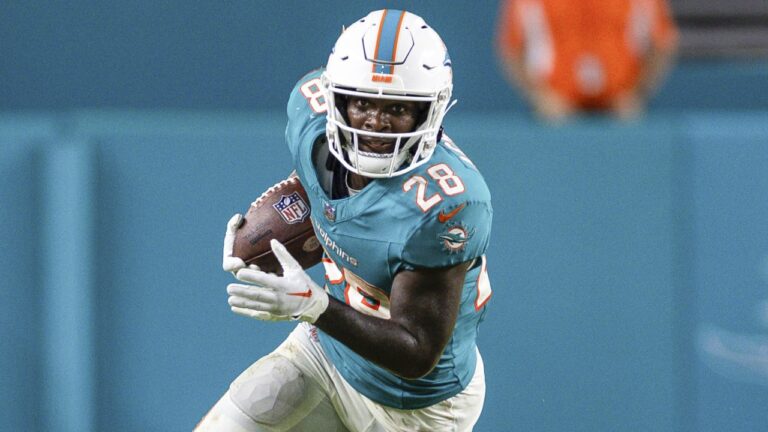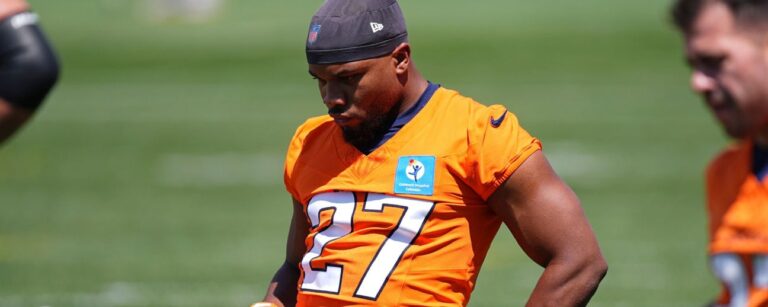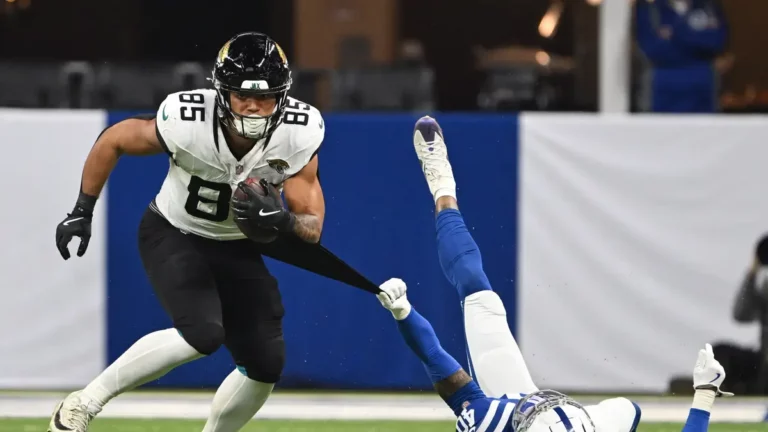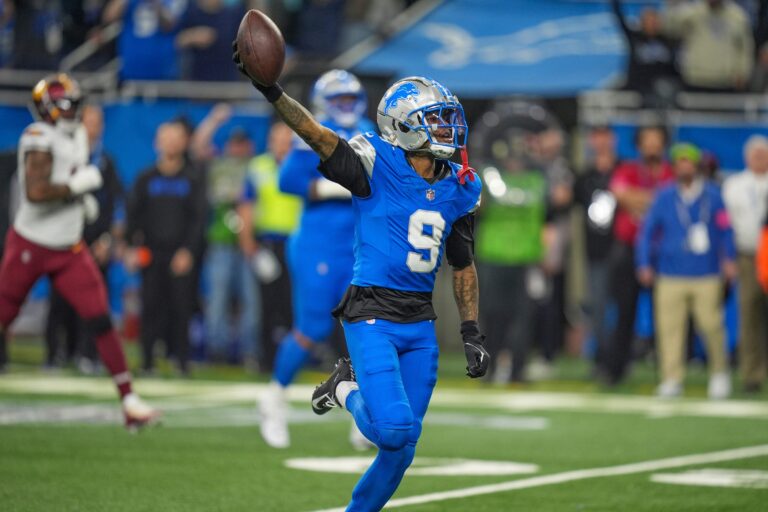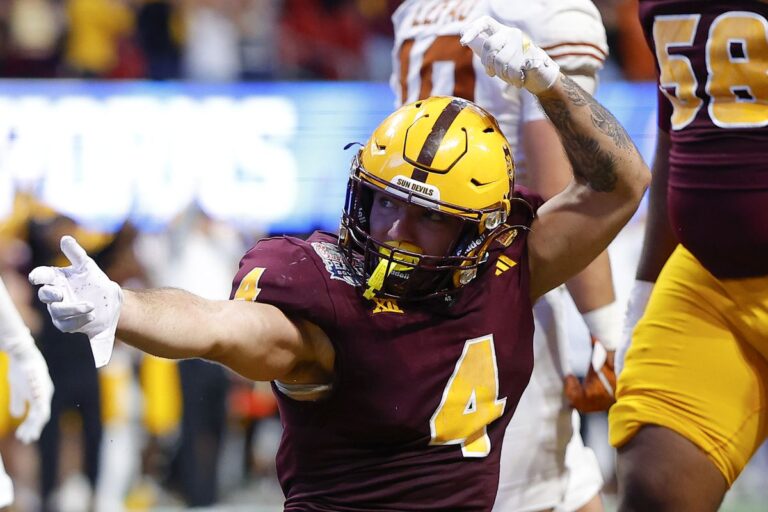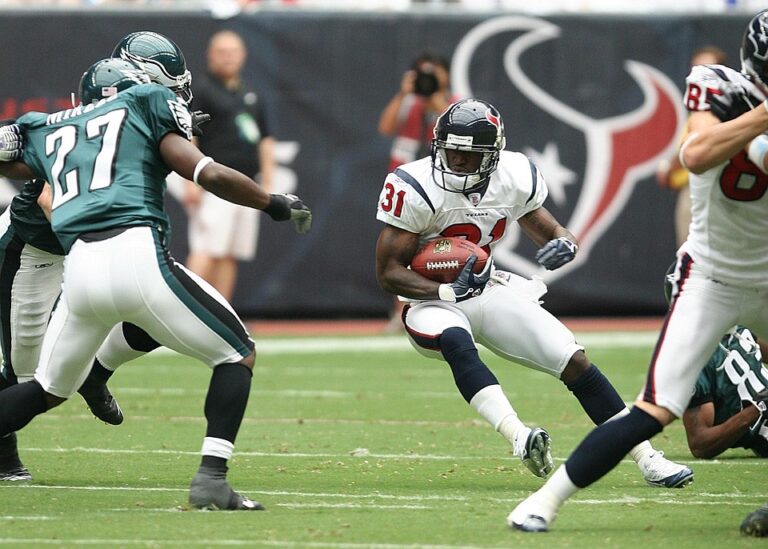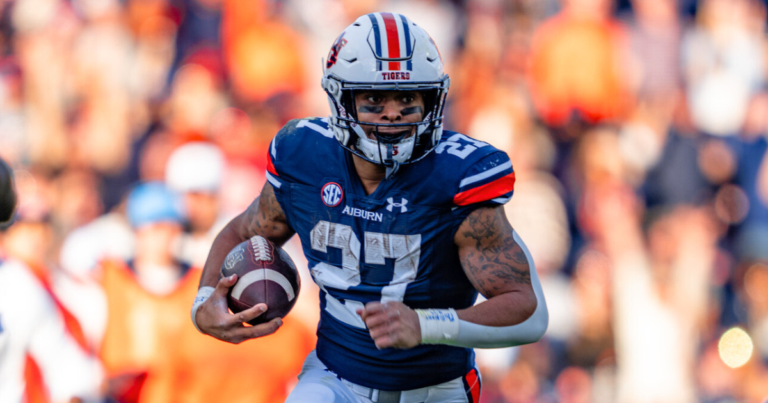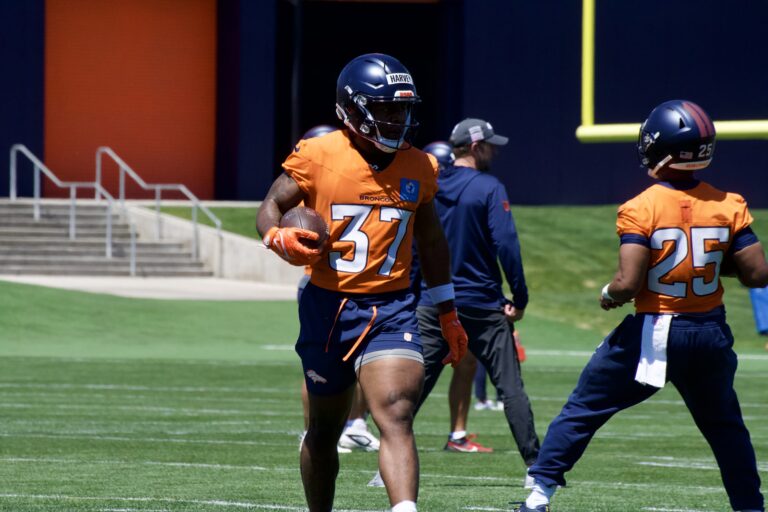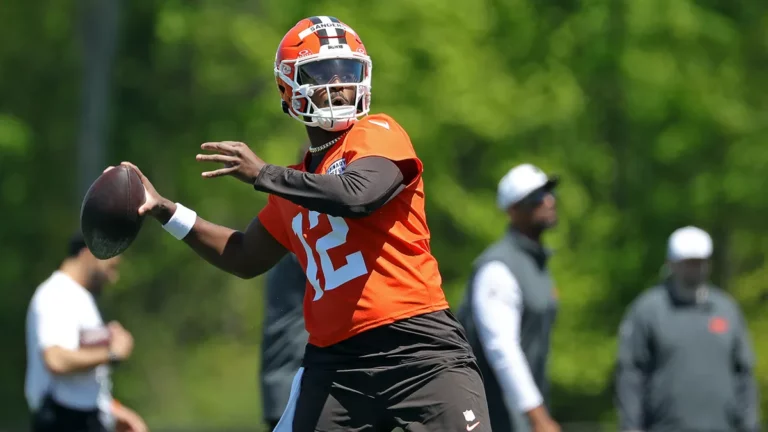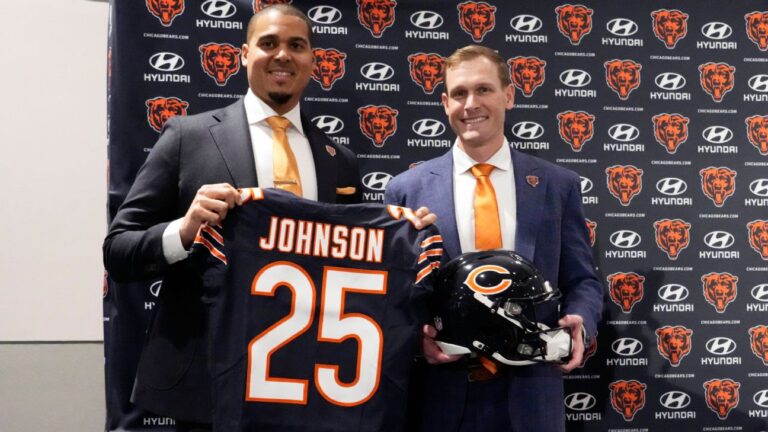It took the Bengals far too long, but at the end of 2018 they finally parted ways with head coach Marvin Lewis. In his place now steps 35 year old Zac Taylor, who has served as Dolphins QB Coach/Interim OC, University of Cincinnati OC, and most recently, QB coach for the LA Rams. Along with his past accomplishments in coaching, Taylor also has the distinction of being in some way tied to Sean McVay, which by itself is enough to give anyone an NFL coaching job these days. But Taylor is certainly qualified for his new gig, having showcased an ability to squeeze the absolute most production out of his offensive weapons at each stop he’s made.
Taylor’s accomplishments include overseeing back-to-back 4,000-yard seasons by Ryan Tannehill — the first time a Dolphins QB did this since some guy named Dan Marino in 1985 — and of course his contributions to LA’s top-5 passing game in 2018. He’ll now try to incorporate his McVay/ Shanahan-type scheme (more on that in a second) in Cincinnati, with a group of weapons that includes a 7-time Pro Bowler at WR in A.J. Green, a blossoming workhorse back in Joe Mixon, the team’s 2018 receiving leader Tyler Boyd, and more. QB Andy Dalton is coming off a subpar 2018, but the team is hoping Taylor’s presence is exactly what he needs to get their offense back in gear.
History / Scheme
Between Taylor and new Packers head coach Matt LaFleur, disciples of Sean McVay are finding jobs all over the NFL this offseason. Taylor only spent 2 seasons on McVay’s staff, but has proven year after year how capable he is of developing both a quarterback and an offense around him. His results with Tannehill and Jared Goff speak for themselves, and now Taylor will try to prove he can run the entire show with his first head coaching gig.
Taylor has stated publicly that the Rams playbook will be the “starting point” for the Bengals offense, and the rest will be developed by his staff based on the personnel they have on the roster. The core goal of this attack is “merging the running and passing games” to keep defenses constantly guessing. First and foremost, the “McVay / Shanahan” attack establishes a firm ground presence through the uber-productive zone-blocking run game. From here, they run a myriad of “plays off of plays” such as play action and screens off of seeming runs. This has filtered huge backfield production, as well as wide-open opportunities for wideouts as defenses begin biting.
Additionally, from this spine, McVay’s offensive system will featured plenty of audibles, adjustments, and numbers advantages. While many coaches come up with a gameplan and stick to it to a T, McVay and his staff pride themselves on being able to adjust on the fly and tweak their gameplan depending on what the opponent is giving them. Ironically enough, this is what doomed the Rams in their Super Bowl loss this year — Patriots LB Kyle Van Noy said LA ran just ONE play all game that New England hadn’t seen on film already — but in general, that aspect has been a strength of McVay-led teams.
McVay also makes it a point to be in his quarterback’s ear until the 15-second mark on the play clock, when communication between coach and QB is shut down by rule. This allows him to take control and make last-second adjustments based on what he sees from the defense, and it’s a tactic I’m sure Taylor will take with him to Cincinnati.
As is the emphasis on having an advantage in numbers. In 2018, Todd Gurley ran the ball against a loaded box — 8 or more players at the line of scrimmage — on just 8.2% of his runs, which was the 3rd-lowest rate among qualifying RBs for the season. This is not because Gurley isn’t talented enough to break off nice runs against a stacked front, but because McVay realizes the percentages don’t make sense to go up against 8 or more defenders if it’s not necessary.
The same goes for passing on first down, which is statistically a much better option than running. McVay uses this to his advantage, sending receivers downfield and either gaining big chunks of yardage on deep plays or opening up the line of scrimmage for short checkdowns to Gurley or a tight end. These are all tactics that McVay has made commonplace in his offenses, and that Taylor will undoubtedly bring with him to his new job.
With that said, here are the ways we see Taylor’s presence with the Bengals impacting their fantasy prospects for 2019:
1. As the Bengals “Todd Gurley,” Joe Mixon carries workhorse Top 5 fantasy RB potential
Coming off a sophomore season in which he finished as fantasy’s RB9 in his first year as Cincy’s top RB, Joe Mixon sits at nine overall slot on The Wolf’s 2019 Big Board. If all goes well with the team’s assimilation to Taylor’s system, the sky is the limit for Mixon — he truly could finish as 2019’s top RB. He upped his rushing totals across the board in Year 2, including nearly doubling his rushing yardage to finish with 1,168 yards on the year. While this development was expected after Jeremy Hill‘s offseason departure, Mixon’s growth as a pass catcher was a bit more surprising.
This offense is predicated on “marrying the run and pass games.” Play-action is arguably the most crucial aspect of this, and Mixon will be fed heavily in the ideal zone-blocking scheme to establish the necessary ground presence. Mixon is well aware and all-in, gushing: “Play-action. That’s what the Rams lived on,” Mixon said Monday. “They give the ball a lot to Todd [Gurley], but they feed off their play-action. A lot of their big plays come off it…I’m trying to And I always try to do whatever I can to maximize my ability. I feel like with what I can do, I should be able to do that easily.” In fact, he’s preparing for “400 carries.” While he won’t hit that, even a modest increase on his 237 carries would be huge. These were enough for him to lead the AFC in rushing, and he could top the entire league if he approaches 300.
Beyond the rushing upside, Mixon drips in receiving potential. He showed an ability to catch passes at the University of Oklahoma, hauling in 65 balls for over 900 yards in his 2 collegiate seasons, but that part of his game was largely absent from his rookie season. This changed in Year 2 for Mixon, who upped all of his receiving numbers and showed enough promise to render teammate Gio Bernard, who put up all career-low receiving numbers in 2018, irrelevant. Mixon’s growth in this part of his game bodes well for a pairing with Taylor, who oversaw a huge leap in Todd Gurley’s receiving numbers the last 2 seasons compared to his first two. Before McVay and Taylor showed up, Gurley was averaging 32 receptions and 258 receiving yards per year; over the past two years, those averages shot up to 61.5 catches and over 680 yards. I mentioned earlier that the Rams love to send receivers deep on 1st down to open up checkdowns to guys like Gurley. If Mixon can play a similar role in Taylor’s offense for the Bengals, especially with the deep threats already on Cincy’s roster, that could be an incredibly effective role for him that results in big numbers in the passing game.
Aside from his growth as a receiver, Mixon developed into a true bellcow back in 2018. Despite missing two midseason games to injury, he still finished 8th in the league in carries, 4th in yards, and 12th in efficiency while losing 0 fumbles on the year. And with the Rams never having a 2nd RB with over 63 rushing attempts the past two seasons, it’s clear that the offensive system Taylor is implementing revolves around the lead back getting the majority of the ground work. As long as Mixon stays healthy, he’ll have that role, and he’ll thrive in it.
2. A.J. Green and Tyler Boyd could be one of the more lethal WR combos in football
Without a doubt, 2018 was a very forgettable year for A.J. Green. The only of his 8 NFL seasons in which he wasn’t targeted 100 times, he also set career-lows in games played (9), receptions (46), and yards (694). Green was actually on pace for 90 receptions and 1,374 yards before a Week 8 toe injury robbed him of the second half of his season. Tyler Boyd, meanwhile, had a career year in Green’s absence. Despite missing the team’s final two games with a knee sprain, Boyd set career-highs with 108 targets, 76 receptions, and his first 1,000-yard season while also scoring 7 TDs. With both guys expected to be 100% for the start of camp, the Bengals certainly have some receiving talent to work with as Zac Taylor takes over.
Boyd has already expressed his excitement about the team’s hiring of Taylor, saying of the decision:
“It seems like he’s an offensive guru, and just seeing what he did with the Rams this year – they had two 1,000-yard receivers, a 1,000-yard running back in Gurley. We’ve got the same weapons, I think. So he’ll come in and just keep the ball rolling.”
He may be over-selling Cincinnati’s weapons as equal to that of the defending NFC champions, but that confidence could bode well for a young team like the Bengals.
As Boyd enters his 4th NFL season and Green begins his 9th, both are characterized by only having 1 consistent NFL QB: Andy Dalton. Dalton has been the team’s starter since Green’s rookie season in 2011 and has only missed 8 games in that span, with 5 coming last season after a thumb injury. So if Taylor mimics McVay’s tendency to wait until the last second to finalize a play call and rely on QB-to-WR communication on hot routes and other audibles, it shouldn’t be a problem, as Dalton and his top wideouts should have their LOS communication down to a science at this point. It may seem like a minor detail, but in the fast-paced world of NFL offense, clean communication can make all the difference.
Green and Boyd could also benefit from an influx of play-action calls, which will likely follow Taylor to Cincinnati. The Rams led the league in play-action percentage last year at 37%, while the Bengals came in at 12th with 25%. If Joe Mixon continues his upward trajectory from 2018, the play-action could become an invaluable resource for the Bengals offense. LA not only ran the play-action more than anyone, but they were effective; their 9.5 yards per play-action pass ranked 4th in the NFL, and they were able to disguise their use of it extremely well to open up options in the passing game. Rams play-action calls would often lead to Goff rolling out of the pocket, with multiple receivers running medium-to-deep crossing patterns and one guy, typically Brandin Cooks, going deep to occupy the safeties. One would think a similar offensive scheme with Green, Boyd, and speedster John Ross being virtually interchangeable in the route combinations would have similar success, so if Taylor brings that particular McVay tendency along with him, it could mean huge things for Cincy’s top 2 receivers.
3. Andy Dalton could be a late-round steal
I know what you’re thinking: “Andy Dalton” and “fantasy QB” typically go together about as well as peanut butter and motor oil. But with Dalton returning to full health for the 2019 season and playing under a coach who had Ryan Tannehill throwing for over 3,900 yards for 3 straight seasons and who just finished a yearlong stint as QB Coach of the NFC champions, anything is possible.
Dalton’s career completion percentage of 62.3% is nearly identical to Jared Goff’s career 62.1% completion rate, so basic logic says that an offense that worked wonders for Goff could have the same effect on Dalton’s play. It’s like Taylor’s offense, similar to McVay’s, will revolve heavily around pre-snap movement that confuses defenses and results in a ton of separation for receivers in the middle of the field. Dalton has proved throughout his career he’s capable of making those throws, and if he’s getting those opportunities consistently over the course of an entire season, it could mean big things for his fantasy prospects.
And even when the situation calls for a deep ball, Dalton is much more effective in this regard than he’s normally given credit for. In his last full season in 2017, Dalton accumulated a passer rating of 90 on passes that traveled over 20 yards in the air — not incredibly impressive, but still good enough for 8th in the NFL that year. Over the first 6 seasons of his career, that number actually jumps a bit to 95.3, which puts him 10th among active QBs in that span.
The Wolf’s 2019 Big Board already reflects the possible lucrative relationship Taylor and Dalton could have, as it’s got Dalton at QB20 for next year, 5 spots ahead of the experts’ consensus. The 3-time Pro Bowler missed the team’s final 5 games after tearing ligaments in his thumb, but was on pace for over 3,700 yards and 30 TDs; not a world-class season by any means, but numbers that would have placed him 17th in yards and 9th in TDs for the 2018 season. Dalton has always been a respectable fantasy QB option, finishing as high as QB4 while never dipping below QB14 when he plays all 16 games. And now, with A.J. Green healthy, Tyler Boyd coming off his most productive season as a pro, Joe Mixon giving the team the best rushing attack they’ve had in at least a decade, and a young, QB-centric head coach at the helm, the stars could be aligning for a huge year for the 31-year old Red Rifle.
Summary:
The Bengals usually make more headlines for player arrests than offensive firepower, but that all could change with Zac Taylor in charge. He significantly ups the value of virtually every member of Cincy’s offense, including solidifying Joe Mixon as a 1st-round talent and ensuring a likely bounce-back season for A.J. Green (assuming full health). Tyler Boyd should also see his role continue to increase as the team’s undisputed WR2, and Andy Dalton’s numbers should rise in having two big, talented receiving options on the outside, as well as a stud RB that’s improved as a pass-catcher. Inexperience and youth could prove to be detrimental to Taylor’s overall success, especially early in the year, but we said that about McVay his first year, too, and he’s done just fine.
